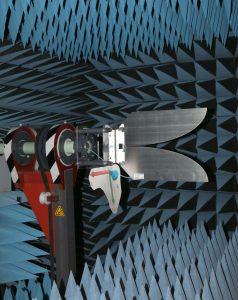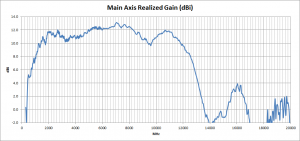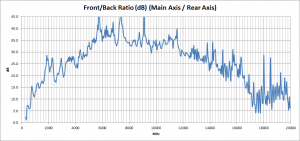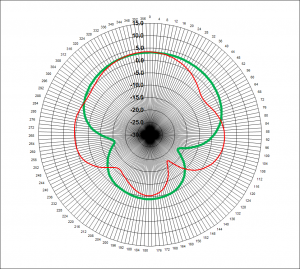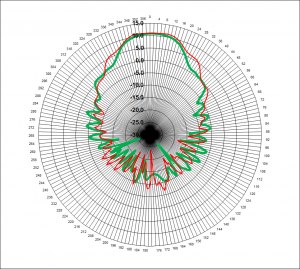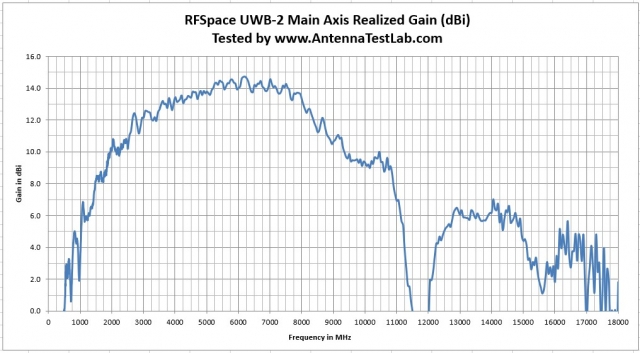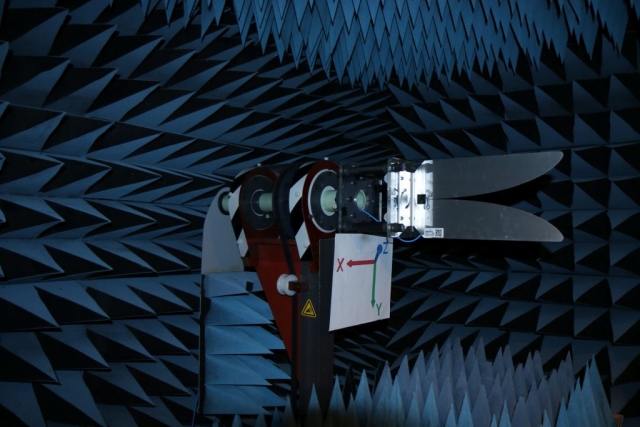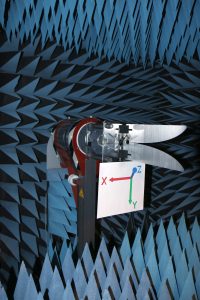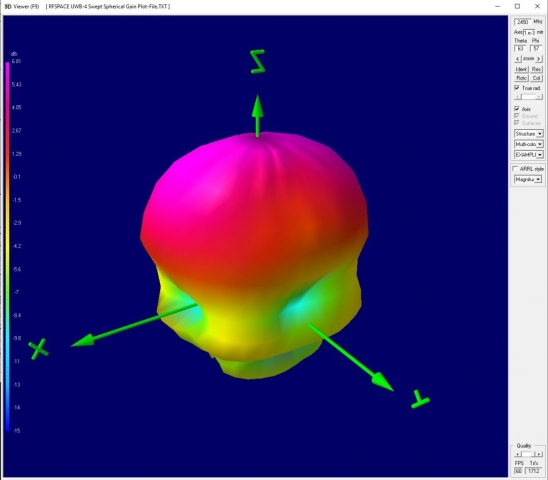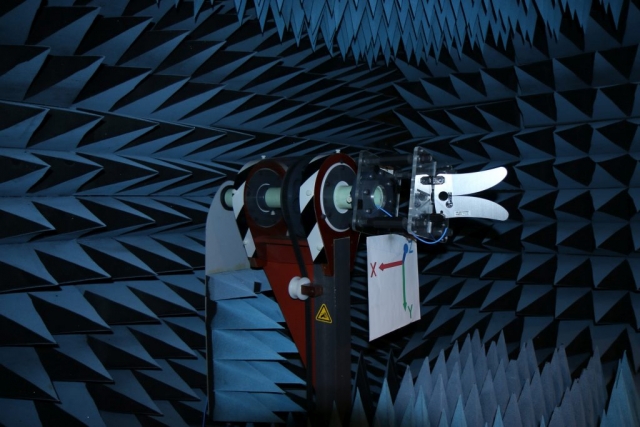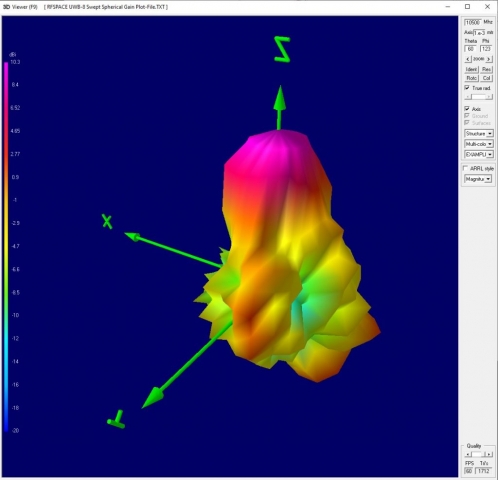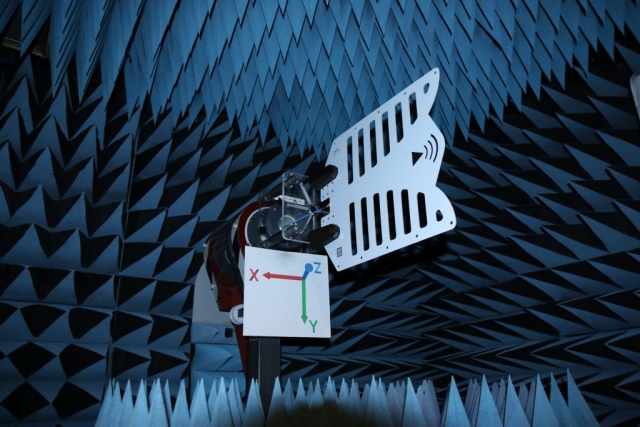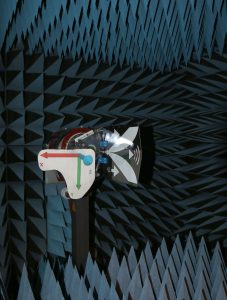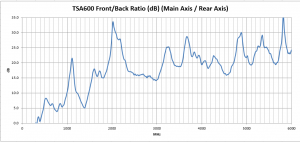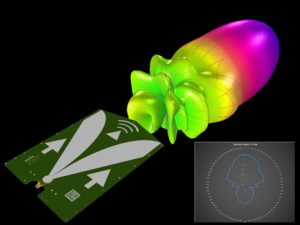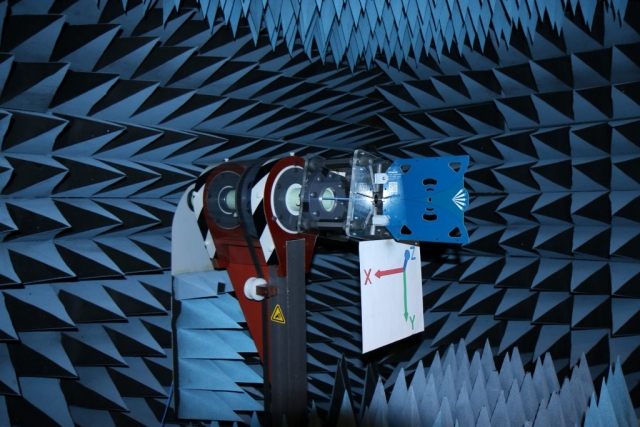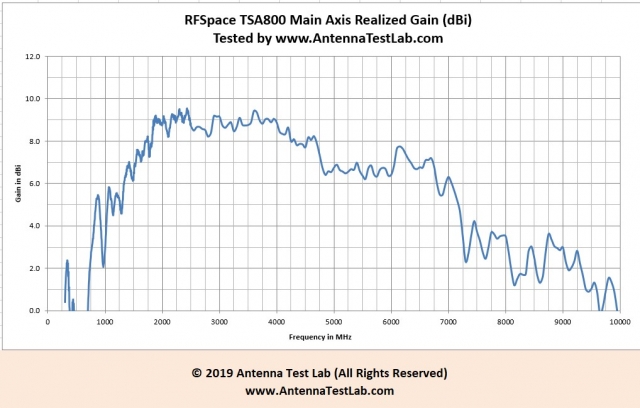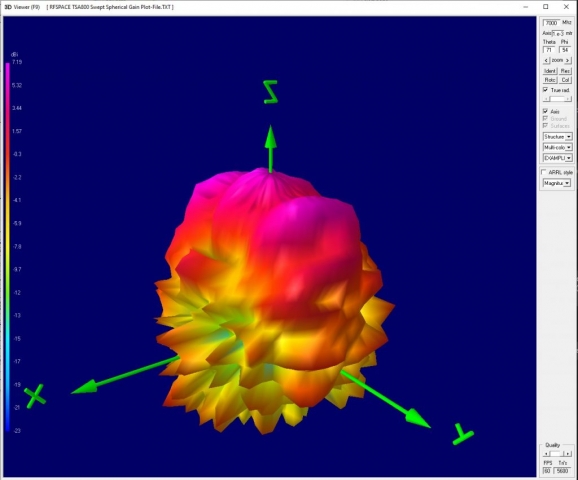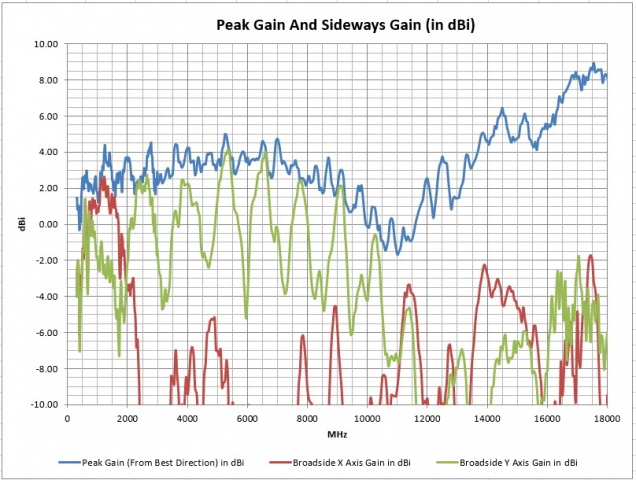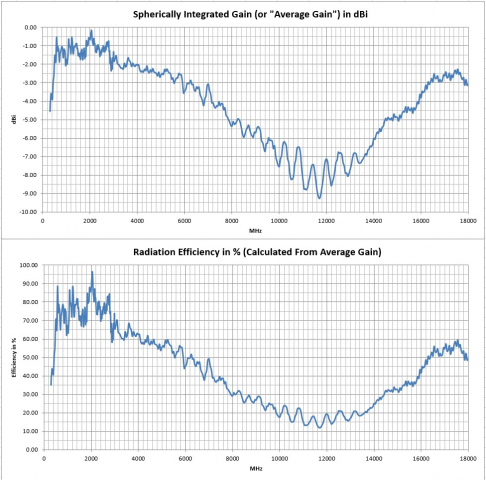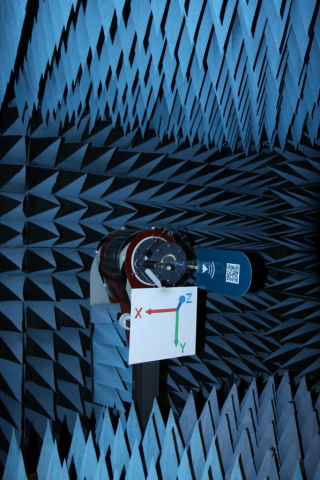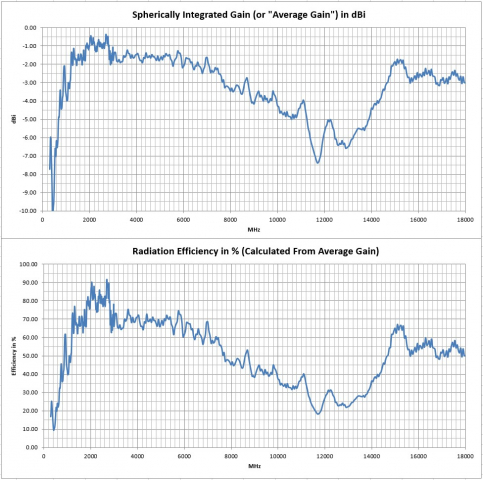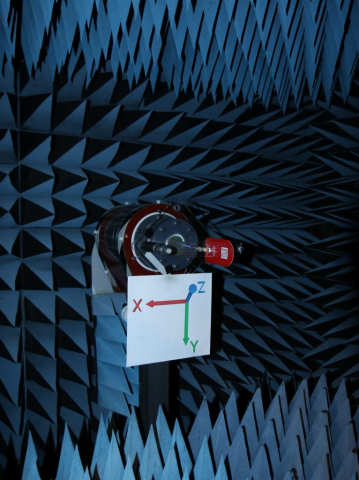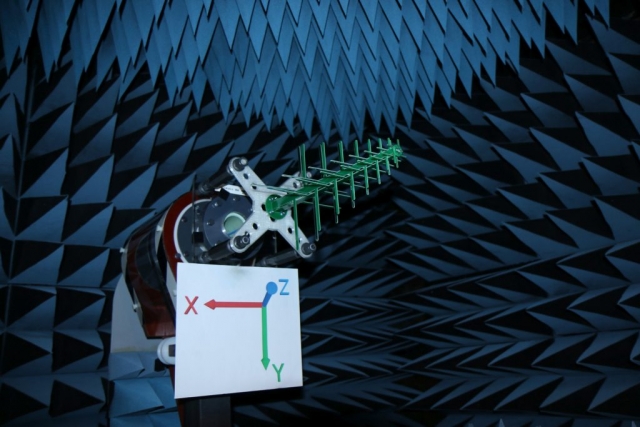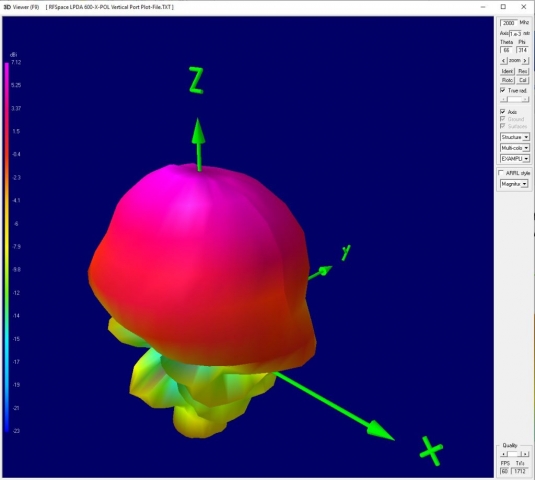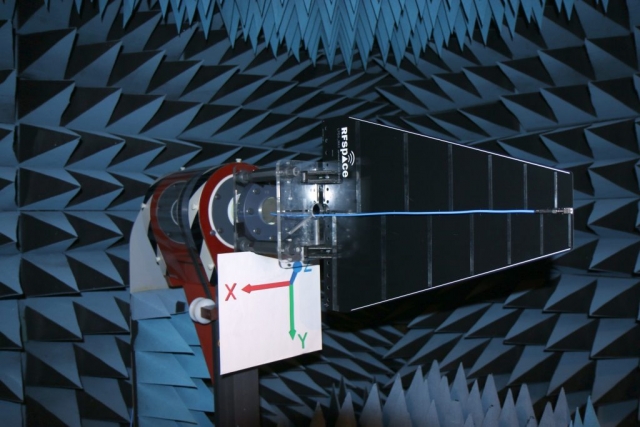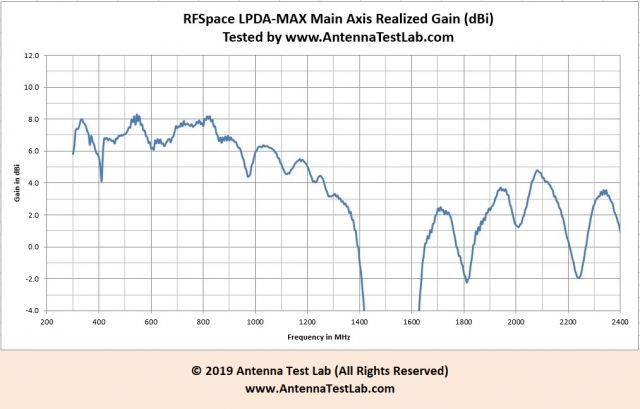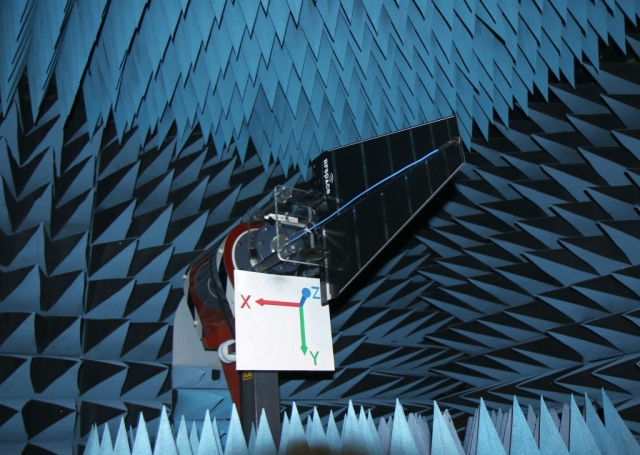- Home
- Services
- Prices
- Education
- Published Articles
- Consumer Antennas
- 3D Printing Antennas
- Educational Overview
- Our Tutorials
- Sample Test Reports
- Examples Overview
- Gallery
- Biz Card Antennas
- 3D Printing Antennas
- Example 2 PCB LPDAs
- Example 3 RFSPACE
- Example 4 RHCP Spiral
- Example 5 Corrugated Horn
- Example 6 CP Omni Antenna
- Example 7 Palm Tree
- Example 8 Patch Array
- Example 9 Ka Band Horn
- Example 10 Eggbeater
- Example 12: Raspberry Pi
- Example 13: Radar Modules
- Example 15: Dual Pol Vivaldi
- Biz Card Antennas
- RFSPACE Brand Antennas
- Helium Antenna Reviews
- Silly Antennas
- About Us
- Contact Us
- Quotes
We love these low cost practical antennas by RFSPACE. They offer a range of interesting planar Vivaldi, LPDA, and horn antennas that are broadband and directional at reasonable prices. Their product line is being extended to some narrow-band and omni-directional broadband antennas as well.
The Vivaldi Antenna (sometimes called a Tapered Slot or Vivaldi Notch) is usually a planar (flat) antenna with a tapered gap that changes gradually from a transmission line at the feed point to a radiating structure. It can be made of cut metal or printed on a PCB. The inventor Peter Gibson named this design after the baroque composer Antonio Vivaldi, because it was shaped like an early trumpet.
You can download the results spreadsheets and plot files for all of these example projects. These test results are the same format that all of our customers get for their 2D polar patterns or 3D polar plots. We have even created some 4D plots to help you visualize the broadband 3D radiation patterns. The fourth dimension is frequency swept as time to show a continuously evolving 3D spherical plot as a MP4 file (video). Pictures and graphs below are click to enlarge, and show the anechoic chamber setup and the results graphs.
Antenna Test Lab is not associated with the RFSPACE company, although we are RF friends! Not all of the antennas tested below are available, some are in the prototype stage.
UWB-1 (430 MHz to 6 GHz + )
A spreadsheet of test results for this antenna are available here (Excel results with embedded graphs and 2D plot tabs). This antenna performs well from 400 MHz to 13 GHz. This antenna is the same as the UWB-8, but with a bent base creating a mounting flange.
UWB-2 (600 MHz to 6 GHz + )
A zipped (compressed) file of test results, photos, and 3D plot files for this antenna are available here. This antenna performs well from 500 MHz to 11 GHz.
UWB-3 (675 MHz to 6 GHz + )
A spreadsheet of test results for this antenna are available here (Excel results with embedded graphs and 2D plot tabs).
UWB-4 (1.5 GHz to 6 GHz + )
A zipped (compressed) file of test results, photos, and 3D plot files for this antenna are available here. This antenna performs well from 1500 MHz to 11 GHz.
UWB-5 (315 MHz to 6 GHz + )
Not in production yet …
UWB-8 (430 MHz to 6 GHz + )
This antenna is “flat version” the UWB-1 (without the bent base). It performs well from 300 MHz to 11 GHz. Downloadable results are linked here.
TSA400 (375 MHz to 6 GHz)
A spreadsheet of test results for this antenna are available here (Excel results with embedded graphs and 2D plot tabs). This antenna performs well from 330 MHz to over 6 GHz.
TSA600 (600 MHz to 6000 MHz)
A spreadsheet of test results for this antenna are available here (Excel results with embedded graphs and 2D plot tabs). This antenna performs well from 500 MHz to over 6 GHz.
TSA800 (800 MHz to 6 GHz)
A spreadsheet of test results for this antenna are available here (Excel results with embedded graphs and 2D plot tabs). This antenna performs well from 700 MHz to over 9 GHz.
DIP700 (700 MHz to 10 GHz)
Specified to operate from 700 MHz to 8 GHz “plus”. This dumbbell shaped planar biconical antenna is end-fed with an SMA connector. It’s simplicity in design makes it great value in a broadband omnidirectional antenna. Our testing found it to be useful from 700 MHz to about 10 GHz. See the dataset below for sideways and peak gains as well as average gain (efficiency). To really help view the real world gain patterns, we have supplied one of our 4D gain videos that allow you to visualize 3D gain as frequency is swept. Over 2 million gain measurements go into this video and test program. A spreadsheet of test results for this antenna are available here, and 3D plot-files are available here.
DIP1400 (1400 MHz to 11 GHz)
The baby brother of the DIP700, this antenna works well from about 1400 MHz to 11 GHz. A spreadsheet of test results for this antenna are available here, and 3D plot-files are available here.
LPDA-600-X-POL (650 MHz to 3 GHz)
A zipped (compressed) file of test results, photos, and 3D plot files for this dual port cross-polarized antenna are available here. This antenna performs well from 650 MHz to 3 GHz.
LPDA-MAX (300 MHz to 1 GHz)
A zipped (compressed) file of test results, photos, and 3D plot files for this antenna are available here. This antenna performs well from 300 MHz to 1300 MHz.
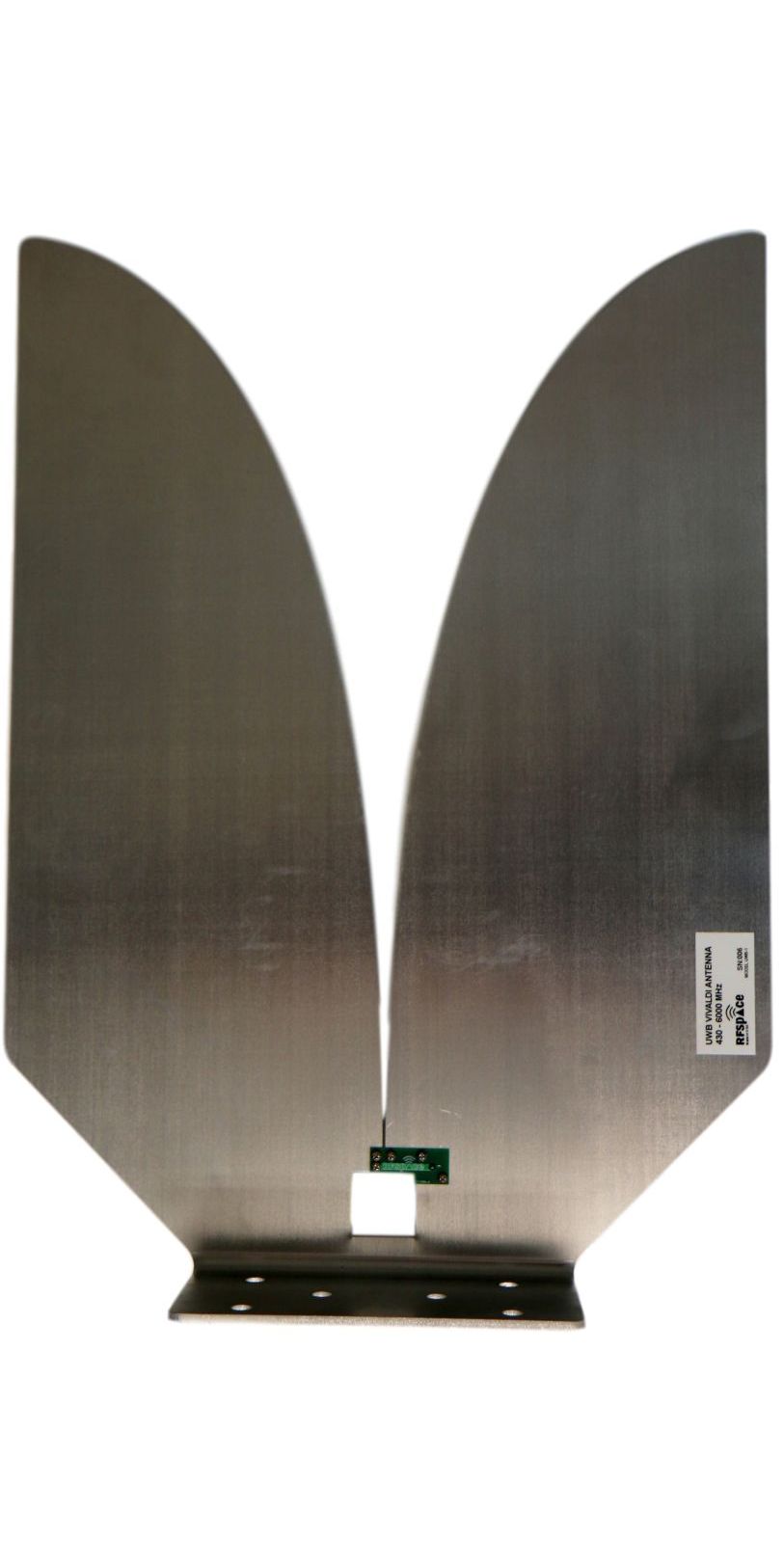
(c) Copyright Antenna Test Lab Company 2023


